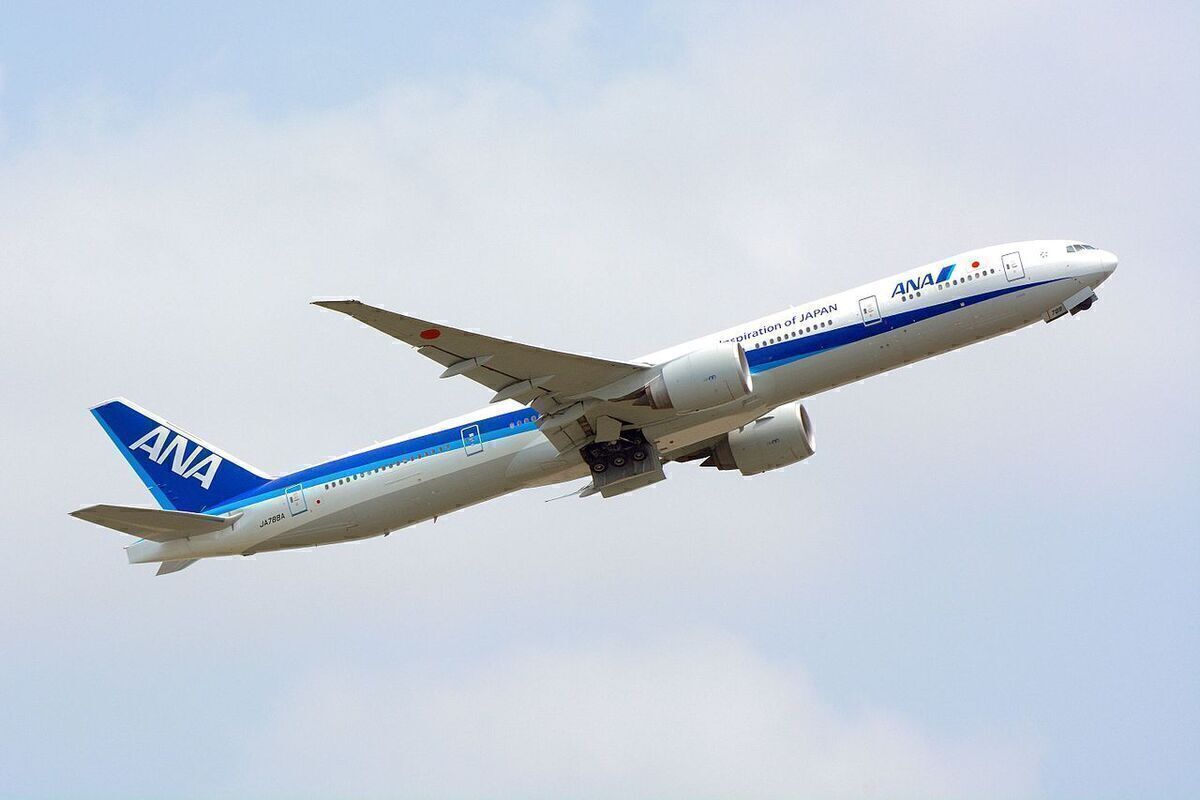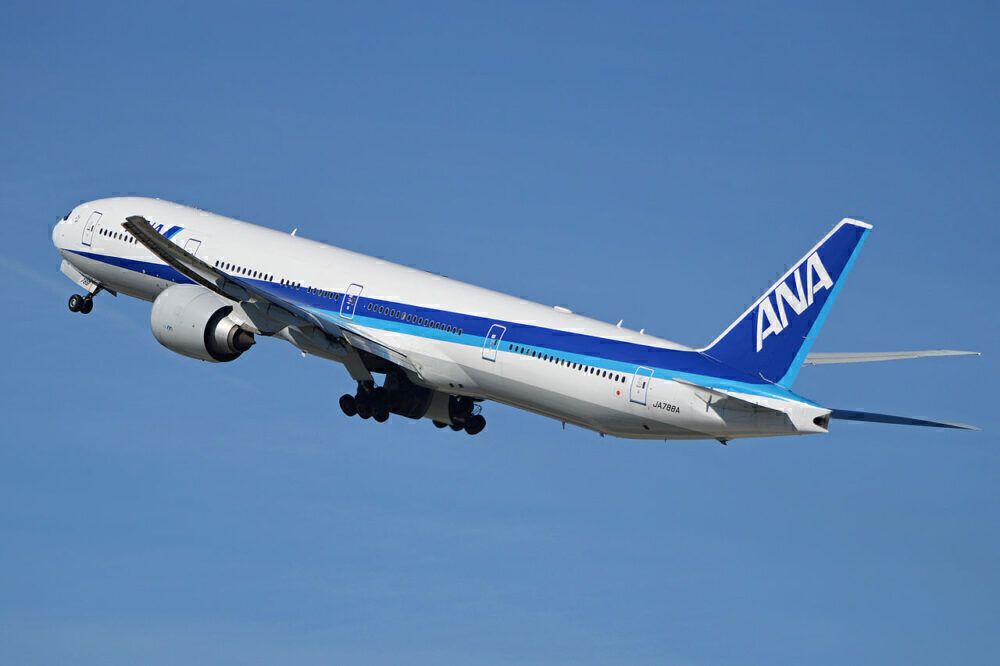A GE90-powered Boeing 777-300ER on its way to Los Angeles from Tokyo Haneda had to divert to Vancouver on Sunday. The March 28th flight experienced a loss of oil pressure on the number 1 (left hand) engine, prompting the crew to shut it down and divert for an emergency landing.
Flight details
Reported via multiple sources, including RadarBox.com and The Aviation Herald, the incident involved Japanese carrier ANA (All Nippon Airways) and its flight NH106. The aircraft, a Boeing 777-300ER, was flying from Tokyo Haneda (HND) to Los Angeles International (LAX).
The 777 took off from Haneda at 23:04 on March 28th, covering most of the journey without incident. However, while cruising at FL350, about 620NM west of Vancouver (1,270 NM northwest of Los Angeles), a loss of oil pressure was experienced with one of the jet's engines.
The crew shut down the left-hand engine and descended from their cruising altitude down to FL240. The aircraft then set course for an emergency landing at Vancouver International Airport (YVR).
A safe landing was reported on Vancouver's runway 26R, which The Aviation Herald notes was about 115 minutes after leaving FL350. After landing, the aircraft was inspected by emergency services. It then taxied to the apron.
Stay informed: Sign up for our daily and weekly aviation news digests.
The incident aircraft
The aircraft involved was a Boeing 777-300ER, registered as JA788A. This particular jet is nearing 11 years old, according to data from Planespotters.net. JA788A joined ANA as a new aircraft on June 30th, 2010, and has flown exclusively with the airline ever since. The aircraft is powered by a set of General Electric GE90 engines.
The aircraft was originally configured as follows:
- Eight first class seats,
- 52 business,
- 24 premium economy,
- and 166 economy seats.
However, just last year, the jet was reconfigured to:
- Eight first class seats,
- 64 business,
- 24 premium economy,
- and 116 economy seats.
A heightened awareness of engine failures
Ever since the alarming window-view footage of the failed engine on United's flight UA328, there has been a heightened awareness of engine failures- particularly with regards to Boeing 777 aircraft. It wasn't just the various videos of the engine in the sky and parts scattered on the ground, however.
In the days following the UA328 incident, United Airlines, as well as airlines in Japan and Korea, grounded their similar Pratt & Whitney PW4000-powered 777 aircraft.
This case involving an ANA 777-300ER is different in that it involves an aircraft powered by GE90 engines. These engines aren't immune to issues either. In the days after the United Airlines 777 incident, a Boeing 777-300ER operated by Russian airline Rossiya experienced engine issues on landing at Moscow’s Sheremetyevo Airport on February 26th. The 15-year-old 777 had trouble with its FADEC (Full Authority Digital Engine Control, often also referred to as EEC engine electronic control) channels.
Sadly, engine failures and issues happen from time to time. Of course, with ETOPS certifications, there is an extremely high certainty that an engine-failure on a two-engined-aircraft will end safely, with a diversion to the nearest suitable airport using the remaining engine.
Have you ever been on a flight that needed to perform an emergency diversion and landing? Please share your experience with us in the comments.


